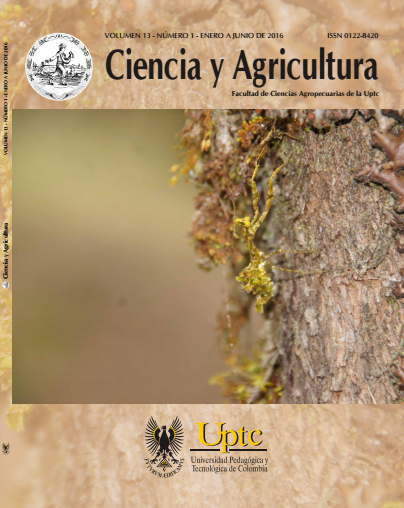Synchronous and asynchronous tools use evaluation in the agricultural sciences traning processes

Abstract
Distance education has achieved a great advance in recent years, thanks to the Information and Communications Technology —lCTs— tools incorporation. These communication tools can be classified as synchronous and asynchronous, the first ones are those in which their users” groups are interconnected at the same time and establish a communication processes in real time, the second ones allow interaction and communication at different moments, so the participation of the partners is not required to be at the same time.
These tools use in six courses of agricultural sciences of the Universidad Nacional Abierta y a Distancia —UNAD— was evaluated. The results demonstrated that the use of synchronous tools is low, although students prefer them (55.7 %), and think they facilitate a greater interaction with their faculty and peers. Their main limitation is the requirement to be at a specific timetable for their interaction and connection, besides that in some cases due to connectivity difficulties.
Keywords
blended-learning, distance education, e-learning, learning, mobile—learning.
References
- (1) Artal Sevil JS, Caraballo Jiménez J, Artacho Terrer JM. Uso del google-talk y skype como herramienta interactiva en la docencia semipresencial. España: Universidad de Zaragoza. Sf.
- (2) García Aretio L. Blended Learning. ¿Enseñanza y Aprendizaje integrados? España: Editorial del BENED. 2004.
- (3) Cabero Almenara J, Llorente Cejudo MC. La interacción en el aprendizaje en red: uso de herramientas, elementos de análisis y posibilidades educativas. RIED, 10(2): 97-123, 2007.
- (4) Sánchez Martínez F, Prendes Espinosa MP. Estrategias y espacios virtuales de colaboración para la enseñanza superior. Revista Internacional de Ciencias Sociales y Humanidades. SOCIOTAM. Universidad Autónoma de Tamaulipas. Ciudad Victoria, México. XVIII (2): 59-90, 2008.
- (5) Grupo del Banco Mundial. Indicadores de población rural. 2015.
- (6) Daza MM, Tapia MM, Chiarani MC. Los foros virtuales como herramienta pedagógico-didáctica en la evaluación de procesos de aprendizaje. Argentina: Universidad Nacional de San Luis. Sf.
- (7) Hernández MA. Estos son los indicadores TIC en los que vamos ‘rajados’. Diario El Tiempo. 30 de marzo, 2015.
- (8) Arnau C. Skype en la educación. Barcelona: Universidad Autónoma de Barcelona. 2009.
- (9) Verdugo Valcarce A. Influencia del uso de herramientas técnicas sincrónicas en la enseñanza-aprendizaje de lenguas extranjeras: inglés para turismo. Facultad de Filología. Departamento de Filologías Extranjeras y sus Lingüísticas. Madrid. 2008.
- (10) Valverde Berrocoso J, Garrido Arroyo MC. La función tutorial en entornos virtuales de aprendizaje. Revista Latinoamericana de Tecnología Educativa, 4(1): 153-167, 2005.